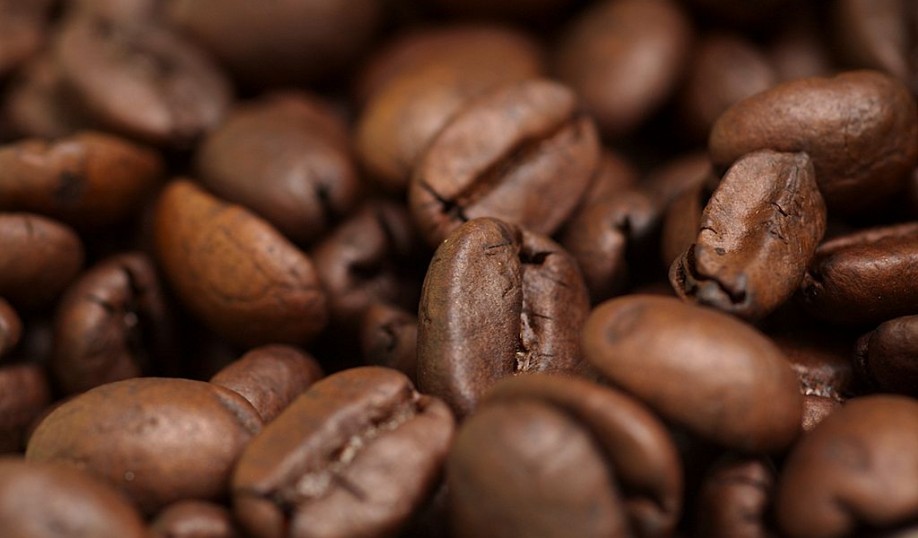By Wilson Caicedo
Throughout the progression of this quarter, we’ve learned how the concept of terroir is used as a marketing standpoint in the chocolate, wine and coffee industries. On the subject of coffee, the question of the influence of terroir came up at Batdorf & Bronson’s and Olympia Coffee Roasting Company. Both establishments made it clear roasting/processing mainly determine flavor profiles in a cup of coffee, rather than terroir. However the majority of coffee roasting companies use terroir as a a way to sell their product.
The Cerrado Region produces 59% of Brazil’s coffee. With Brazil leading by far in coffee exportation, this region also happens to be a biodiversity hotspot. It is home to an estimated 10,000 plant, 195 mammal, 607 bird, 225 reptile, 186 amphibian, and 800 freshwater fish species (Critical Ecosystem Partnership Fund, “Cerrado”, http://www.cepf.net/resources/hotspots/South-America/Pages/Cerrado.aspx). This woodland-savannah was first colonized by the Portuguese in the 18th century. Settlers came to the region looking for precious stones, then with the development of railways and roads came large-scale agricultural production. Today, Brazil’s government continues to encourage its citizens to be coffee farmers, largely due to the increasing demand of the consumer’s interest of “terroir” in coffee. With the rapidly growing expansion of of farming in this region, it’s biodiversity has been diminishing. The original extent of it was 2,031,990 km2. It is now 438,910 km2.
At the same time, strangely, this is a far from ideal environment to grow coffee. The soil is sandy loam that is rich in aluminum content. However, sun-grown methods are used, requiring more fertilizers/pesticides to be used so that monocultures can produce higher yields.
“Cerrado.” CEPF.net -. Accessed December 8, 2015.”Cerrado.” CEPF.net -. Accessed December 8, 2015. http://www.cepf.net/resources/hotspots/South-America/Pages/Cerrado.aspx.

